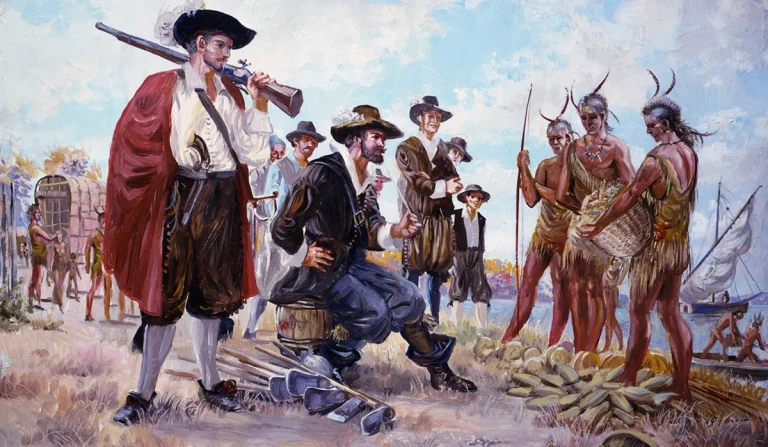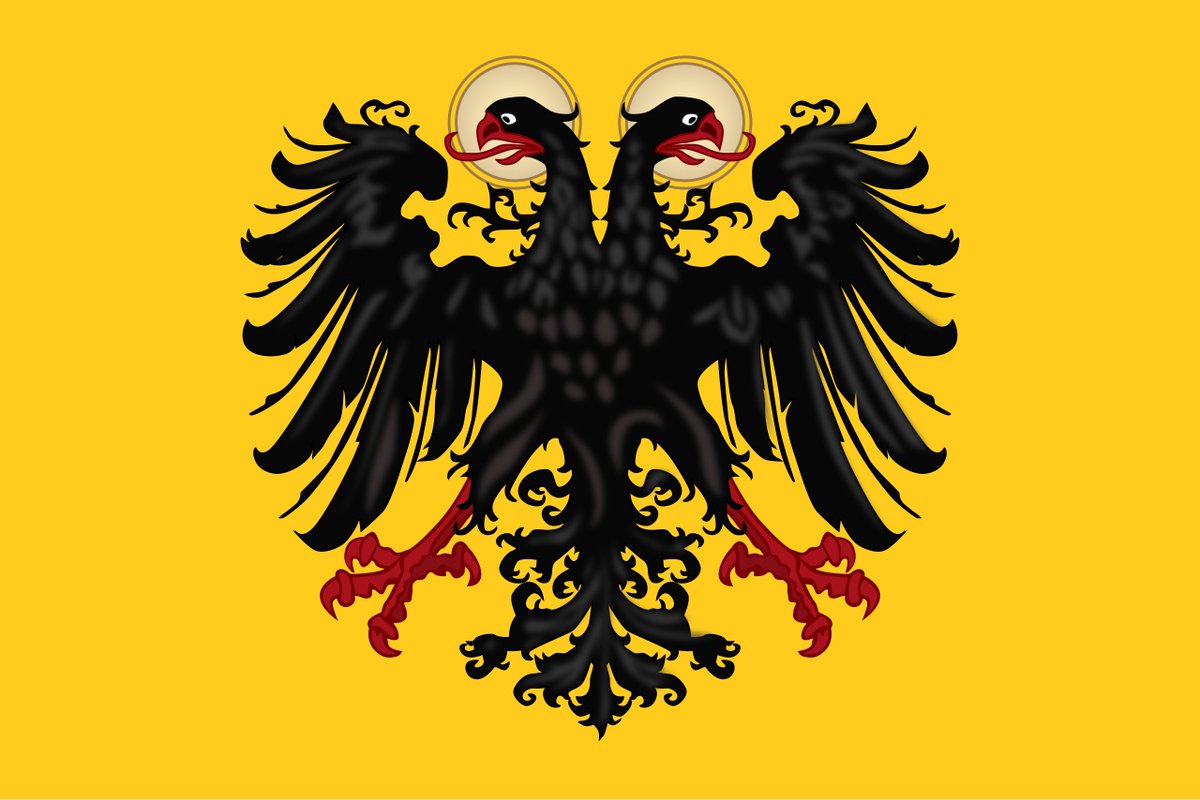Today I'm going to talk about a forgotten but extremely important war that took place in Central Europe, the War of Babenberg succession 1246-1278. With this war, the rise of the Habsburgs began at the expense of Bohemian and Hungarian ambitions. I present three crucial battles! 



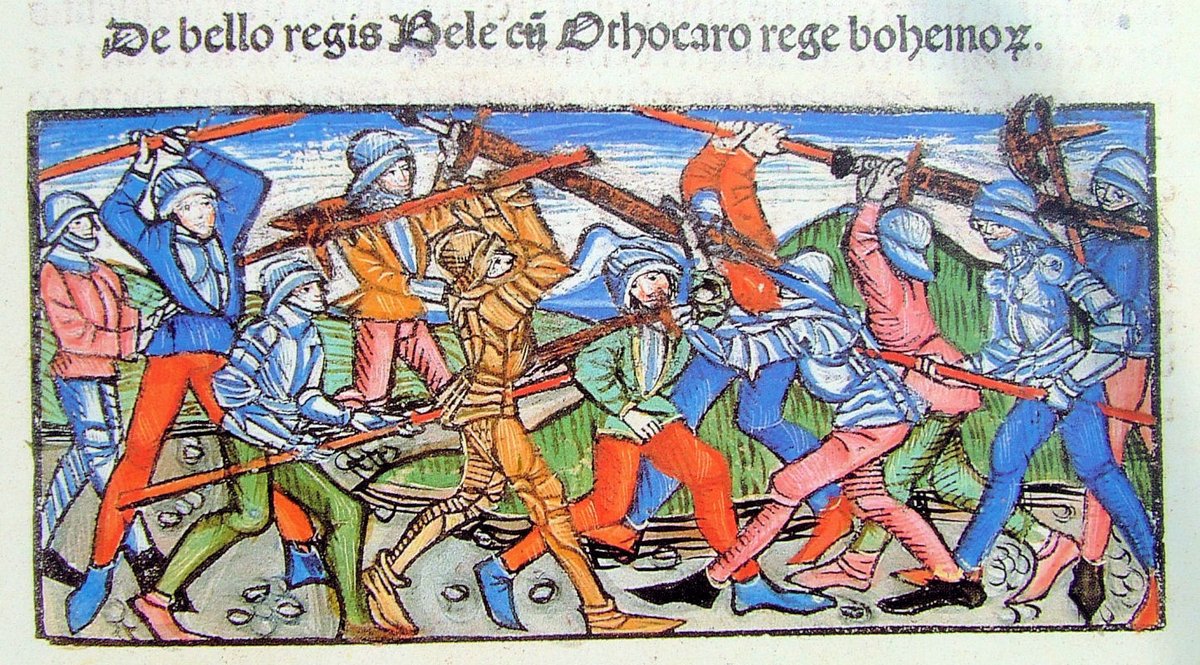

I want to bring you stories of these ancient and forgotten but epic and important wars in Europe which sadly no one remembers anymore, especially people who live far away from lands in which this happened. This story is very important for history. We need to know it and honor it!
The story begins with Frederick II of the illustrious house of Babenberg, a noble dynasty of mighty Austrian margraves and dukes of which many also took part in crusades. Under the Babenbergs, Vienna became a magnificent German cultural capital of chivalrous Minnesinger poets. 



The Babenberg dynasty achieved their most splendorous years under Leopold VI the Glorious, the duke of Austria from 1198 to 1230. His fame would reach far beyond Austria. True to ideals of chivalry, he participated in reconquista, the Albigensian Crusade and in the Fifth Crusade. 
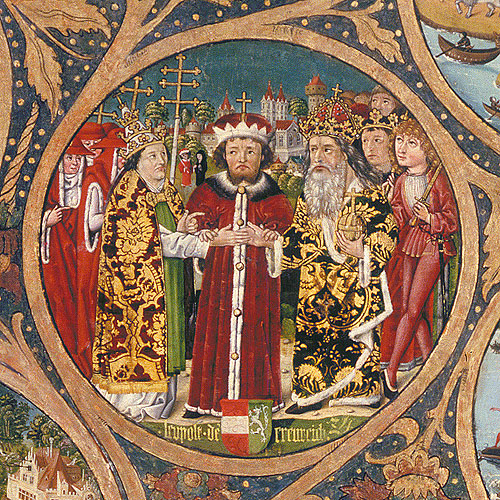
Leopold would marry the Byzantine princess Theodora Angelina. Their son Frederick II would succeed Leopold after his death in 1230. Frederick's rule was harsh and he would soon earn the nickname "the Quarrelsome" and became hated by many of his own subjects. His mother Theodora: 

Due to his forceful personality, Frederick II, Duke of Austria, would also get in a conflict with the Emperor Frederick II of Hohenstaufen who had enough of him and in 1236 placed an imperial ban on him, allowing King Wenceslaus I of Bohemia to invade the Austrian lands. 
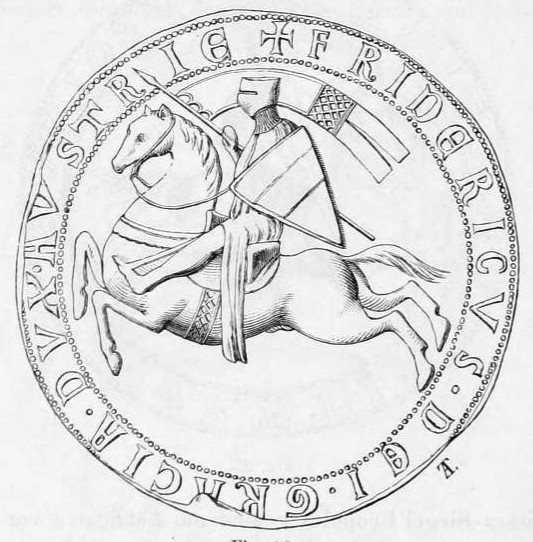
The ambitious Frederick II did not give up that easily. After the Mongols defeated Hungarians at Mohi in 1240, they wanted to invade Austria but Frederick II bravely defeated the Mongol raiding parties and deterred them from their ambitions in Austria. He regained his prestige.
Frederick II settled with Kingdom of Bohemia as well. No longer under Imperial ban, his rule in Austria was now consolidated, and his ambitious grew rapidly. He decided to attack the Kingdom of Hungary which was weakened by Mongol invasion, and met Hungarian forces in battle!
The battle between Frederick II, Duke of Austria and Hungarians led by King Béla IV was fought at the banks of the Leitha river, the ancient border between these two lands. The Austrians impressively beat the larger Hungarian army, but the dashing duke Frederick II lost his life! 

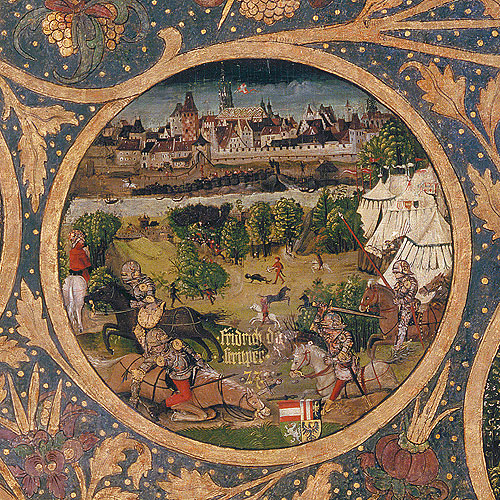
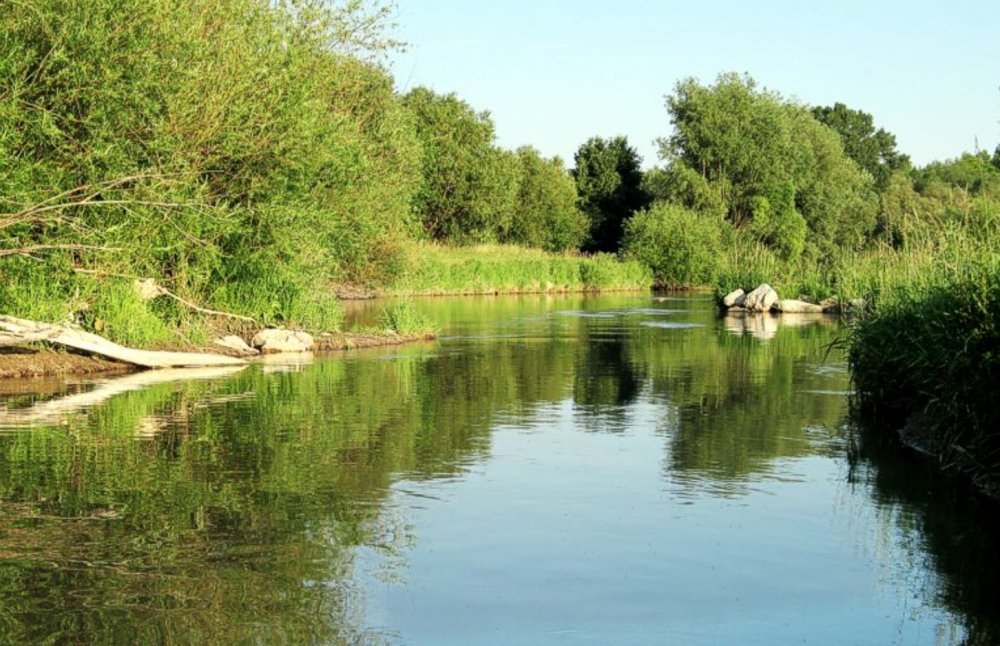
Frederick's death was also the extinction of Babenbergs. This sparked another conflict for the rule over the ceased Imperial fiefs of Austria and Styria, this time between Bohemia and Hungary. The two kingdoms reached an agreement under papal mediation, but it was short lived. 

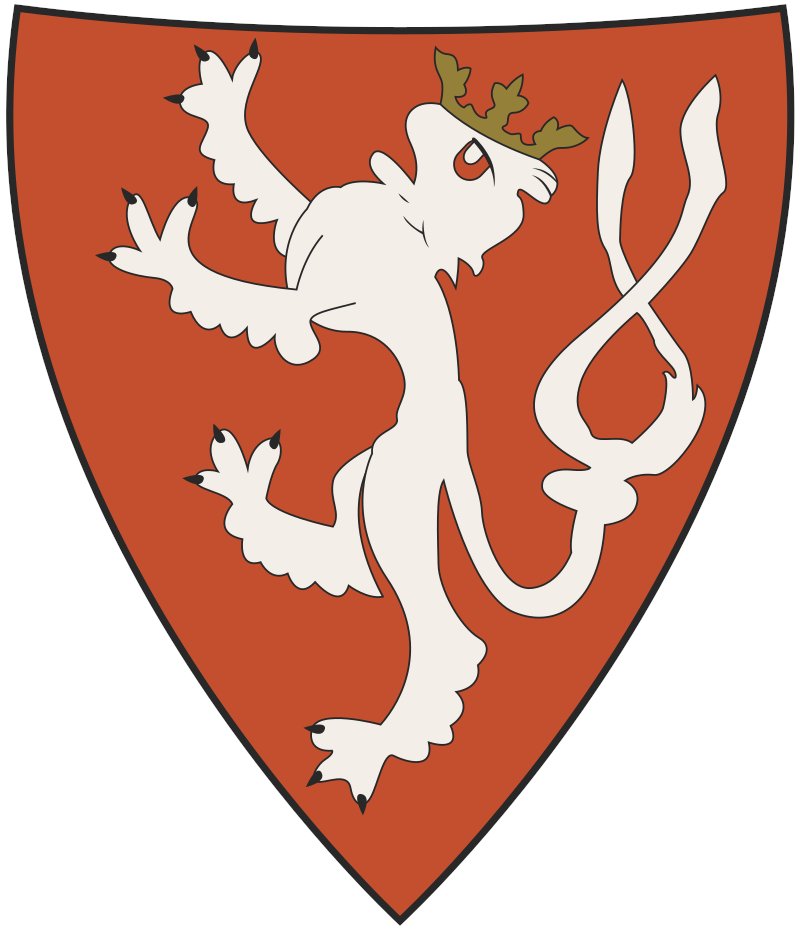
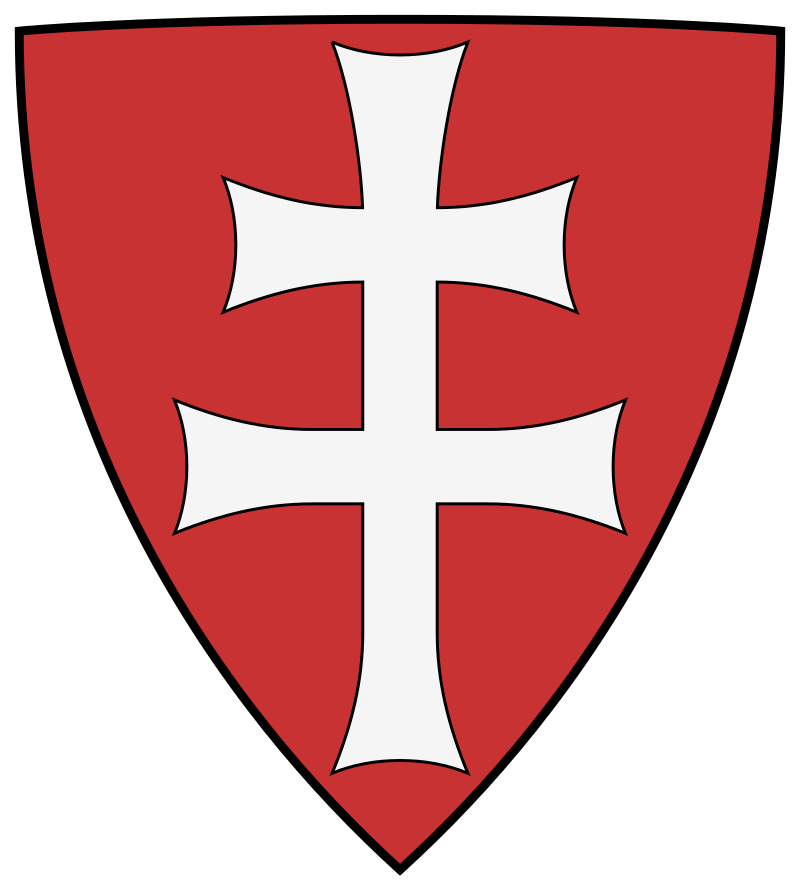
Bohemia was ruled by Ottokar II of the Přemyslid dynasty, a powerful and ambitions king. Meanwhile the Holy Roman Empire went into interregnum after the death of Emperor Frederick II in 1250, a chaotic period of internal struggle. This fueled Ottokar's ambitions. Ottokar II: 
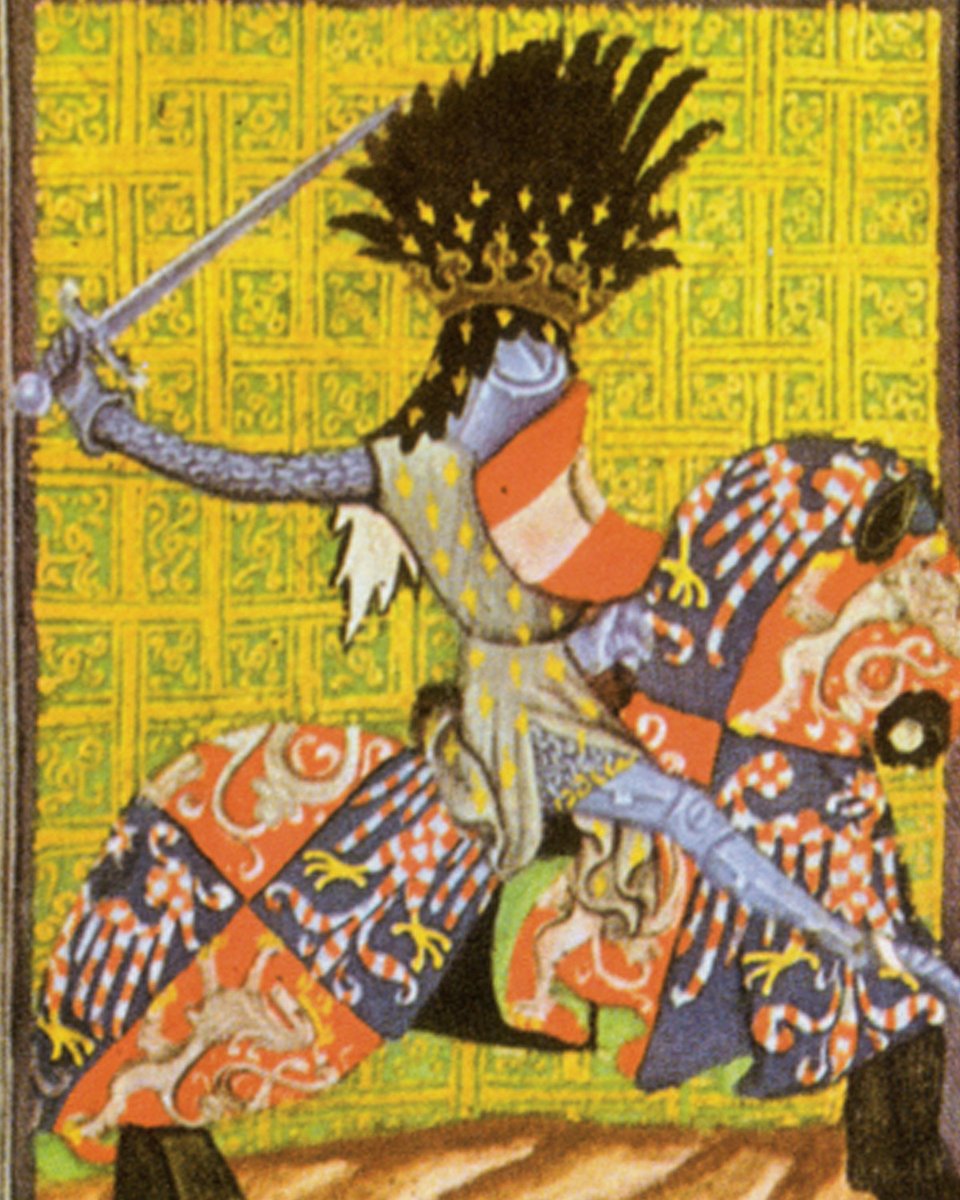
Hungarian king Béla IV grow weary as his powerful neighbor grew in might. Under the agreement they made, Styria belonged to Béla, but the local nobles began revolting against the Hungarians and Ottokar took advantage of the situation, trying to finally gain Styria for himself. 

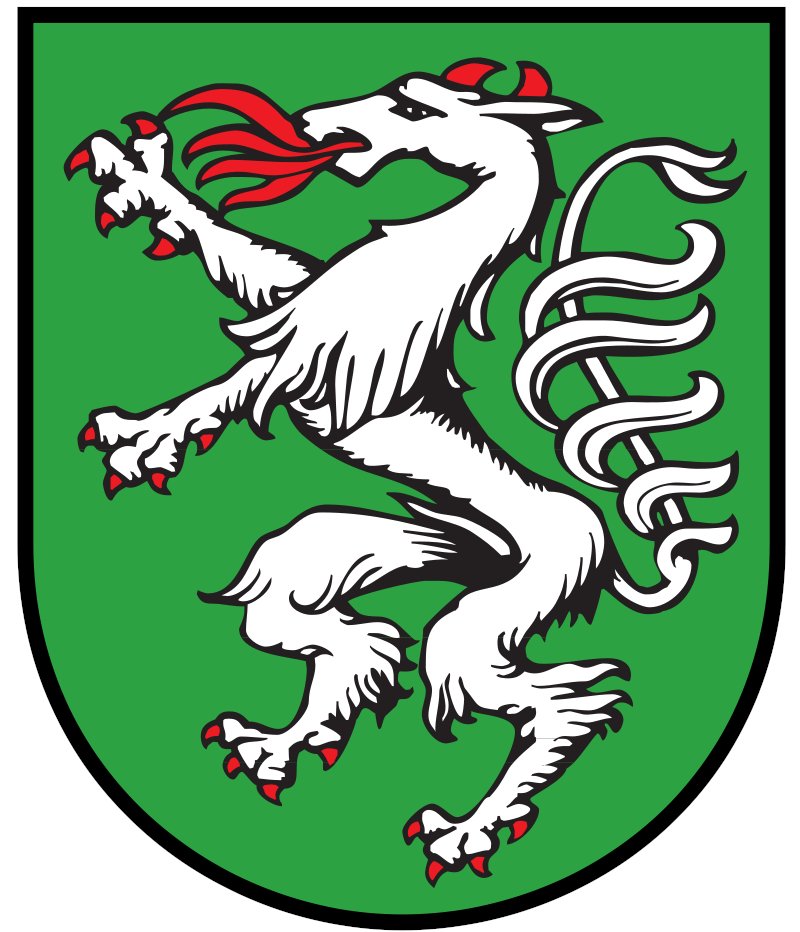
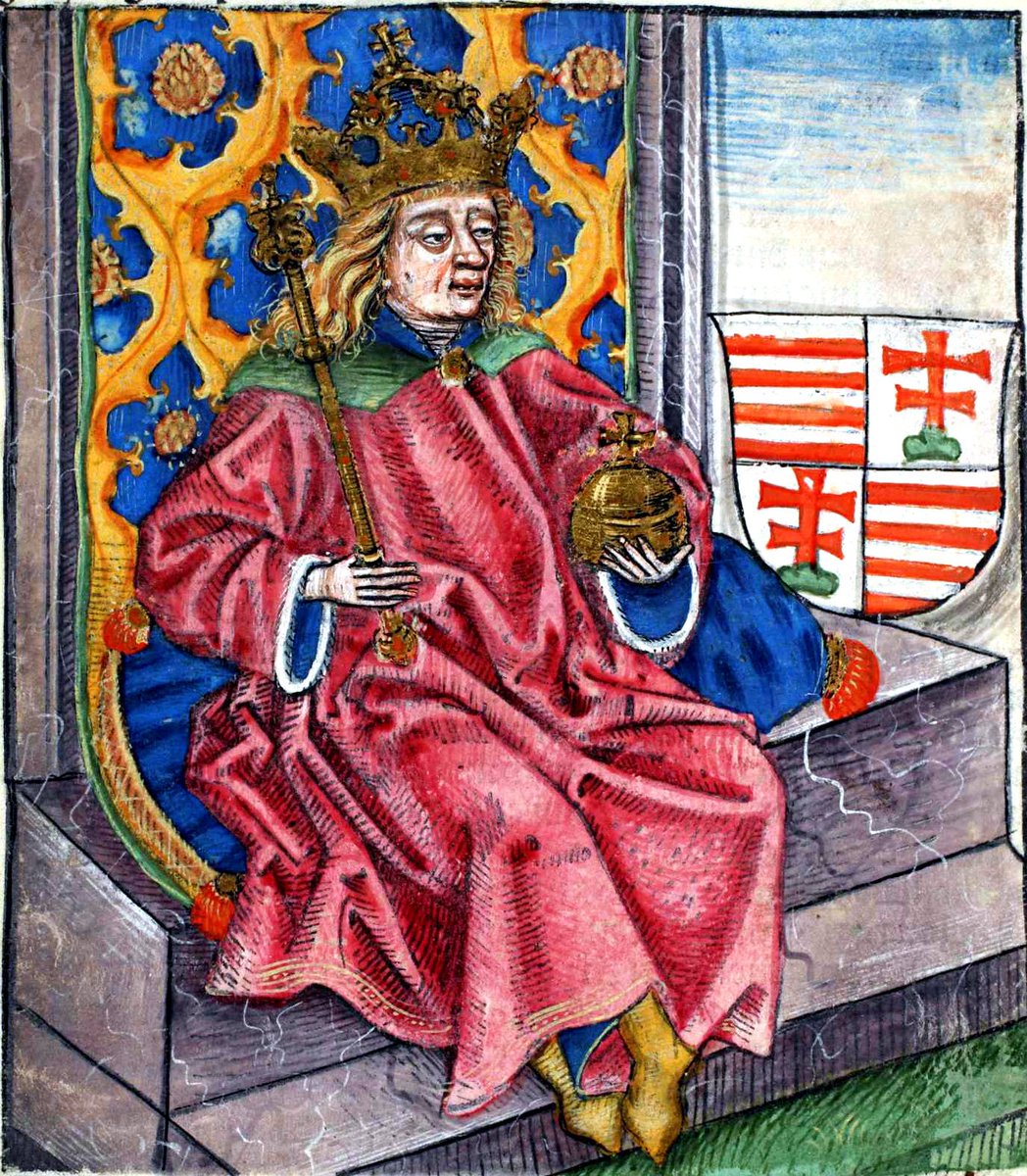
Military clash between Bohemia and Hungary was now inevitable. Despite Hungary still being weakened from 1240 Mongol invasion, Béla IV was prepared as he conducted alliances with Poland and Galicia and gathered a huge international army to face the mighty Bohemian knights. 

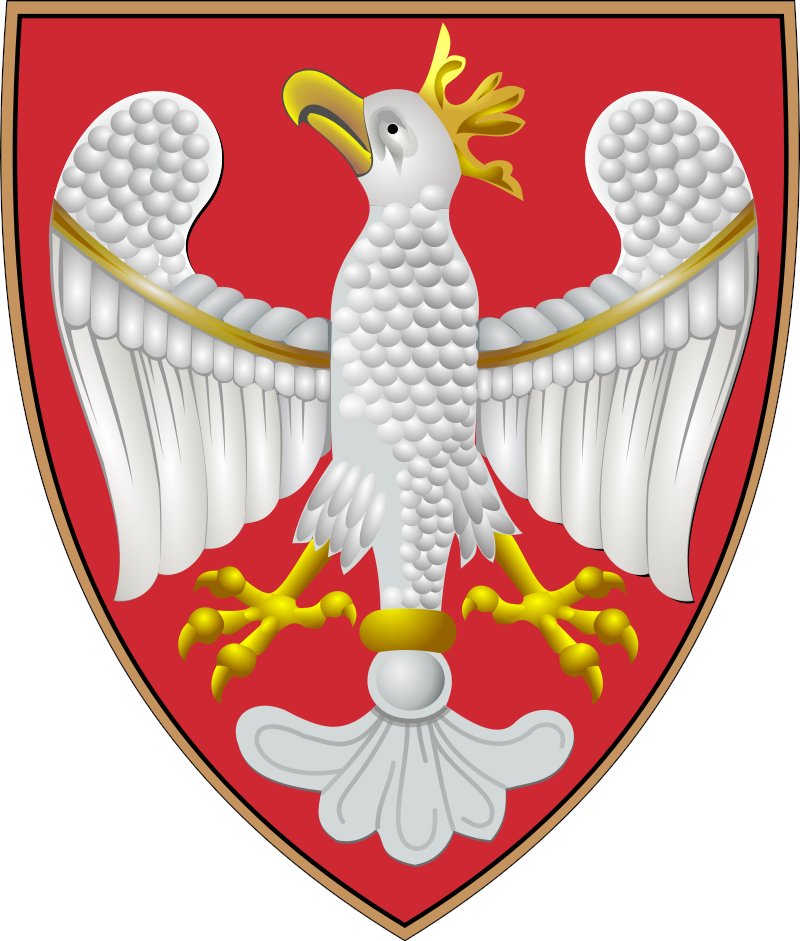
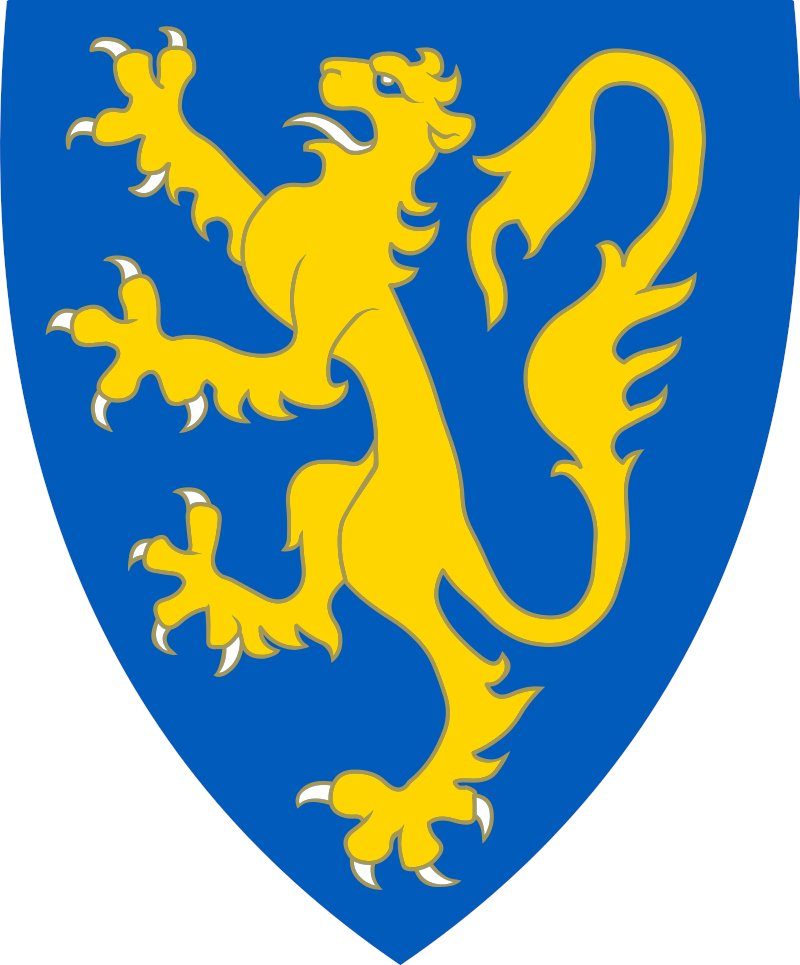
The two forces would meet on different sides of the Morava River in 1260. Neither of the two sides wanted to cross the river so Ottokar proposed a chivalric suggestion to withdraw his troops so that the Hungarians could cross in peace to fight them on equal terms.
As Ottokar's forces pulled back as agreed, Béla's son Stephen in a disgraceful display ignored the chivalric agreement and started attack on the retiring Bohemian cavalry at the village of Kressenbrunn. Ottokar noticed it and successfuly called back his forces and routed Stephen! 
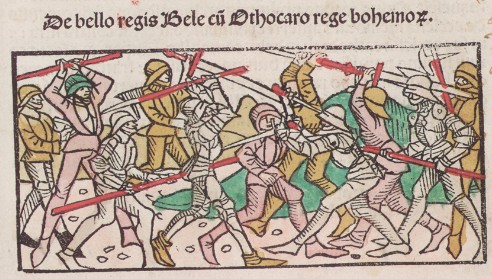
The Bohemian forces then engaged the rest of the Hungarian army which was routed as well, with many drowning in the river. The Hungarian chronicles mourn the defeat and lament, "For [Béla IV] was a man of peace, but in the conduct of armies and battles the least fortunate."
This 1260 battle of Kressenburg was according to chronicles one of the largest at the time, with 30000 Bohemians and 35000 on the Hungarian side, with the latter losing 10000 men in their defeat. While the numbers probably exaggerated, it was definitely an epic decisive showdown.
The defeat of Kressenburg crippled Hungary and emboldened Ottokar at the same time. His prestige were increased and in 1268 he signed an inheritance treaty with the duke Ulrich III Sponheim of Carinthia, Carniola and the Windic March and succeeded him in these lands the next year 


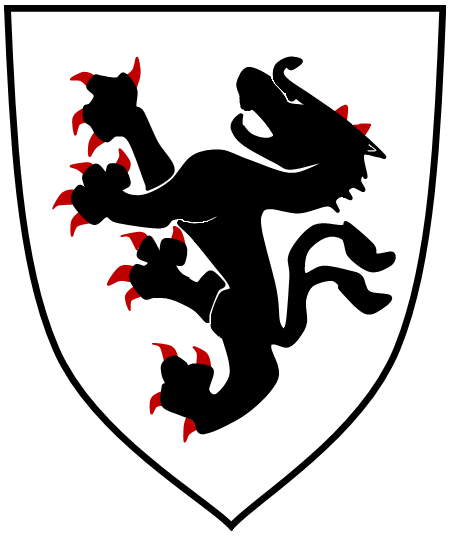
After Hungarian king Béla IV died in 1270, his son Stephen V signed the Peace of Pressburg a year later, renouncing his claims on Austria. By 1272 Ottokar II had added Egerland and Friuli to his realm which now stretched from the Sudetes to the Adriatic Sea! 


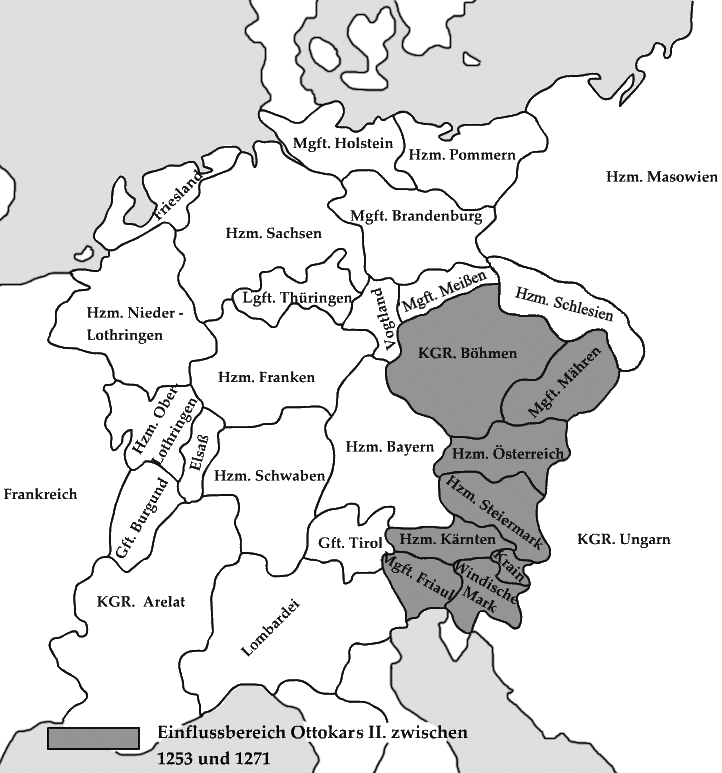
At the peak of his power and might, Ottokar II of Bohemia expected to win the Imperial crown at the 1273 election, but in a surprising turn of events, the electors voted the "little count" Rudolf of Habsburg who thus became the first King of the Romans from the Habsburg family! 
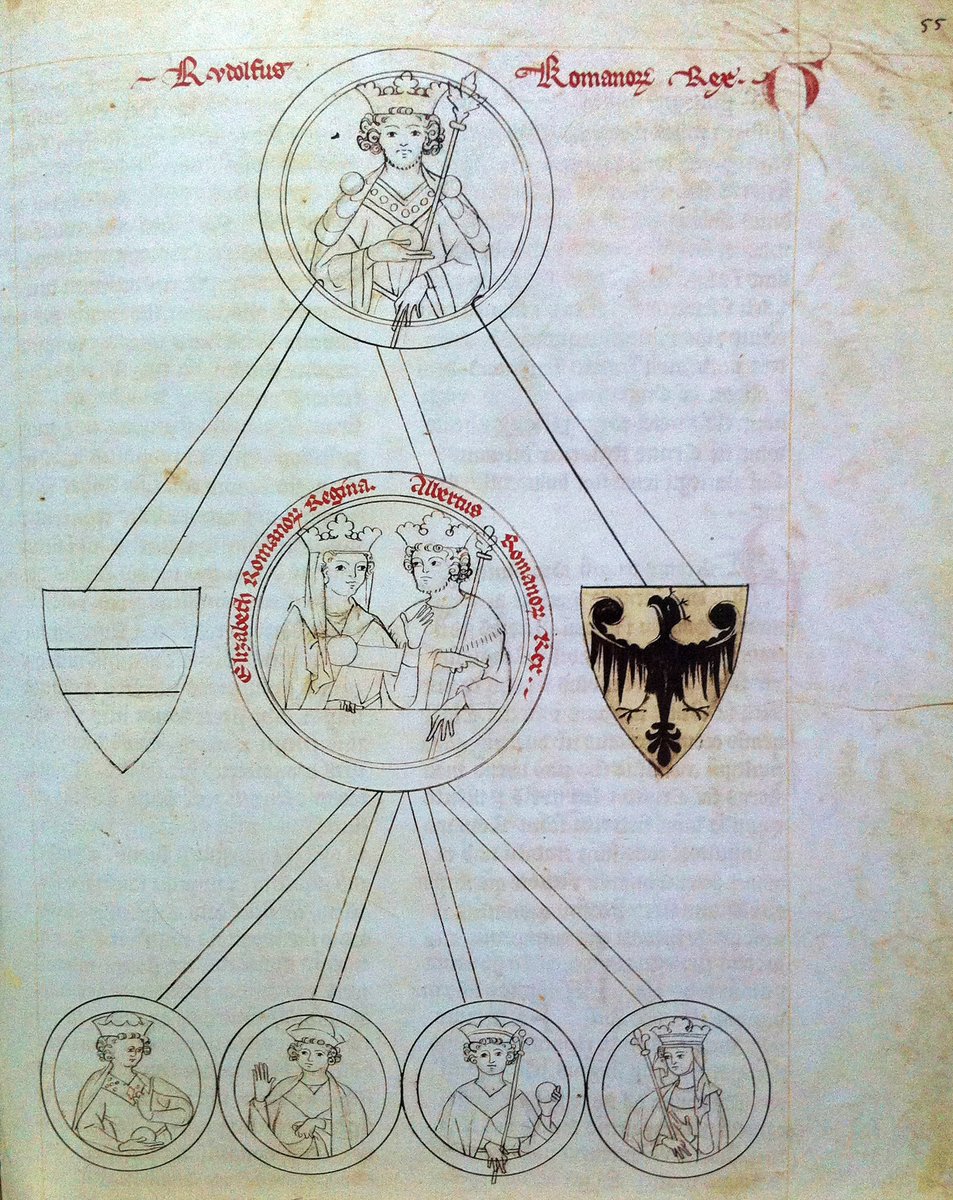
Rudolf immediately pursued an aggressive anti-Ottokar policy and in 1274 decreed that all Imperial lands that had changed hands since the death of the last emperor must be returned. In 1275 he placed Ottokar under the Imperial ban. Under pressure, Ottokar made peace in 1276. 

However in 1278 Ottokar made one last attempt to recover everything, invading Austria together with his new allies Bavaria, Brandenburg and Poland. Meanwhile Rudolf made his own alliance with the new Hungarian king Ladislaus IV and strengthened his position. Ladislaus IV: 
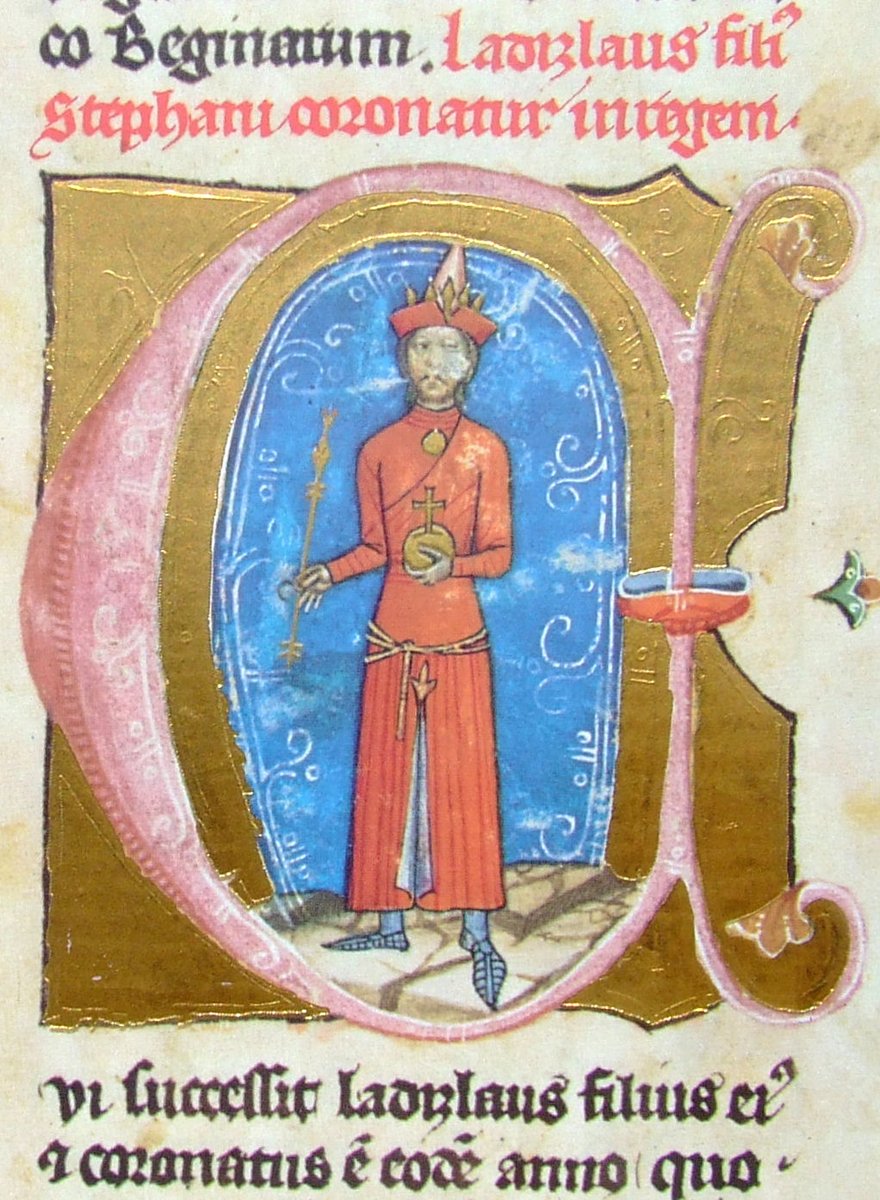
The two mighty armies would meet on 26 August 1278 in the Battle on the Marchfeld in an epic clash that would decide who would be the hegemon of Central Europe. The armies consisted entirely out of mounted knights, with Hungarians bringing their Cuman horse archer mercenaries. 
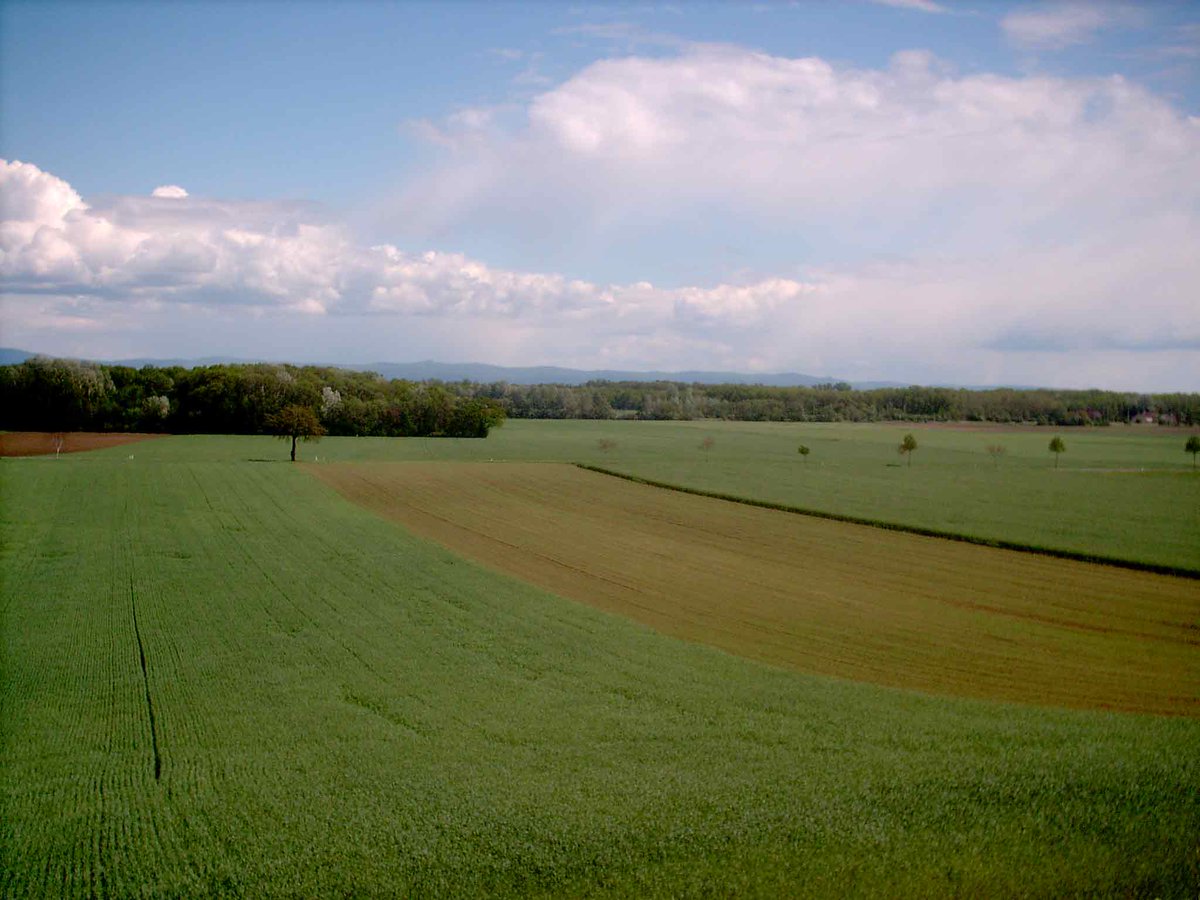
The battle began with the Cumans harrassing the Bohemian left flank and stretching their ranks to open up attack for the Hungarian light cavalry. Meanwhile Bohemian knights charged in the center which led to a furious collision of armored knights, with Bohemians looking to win. 

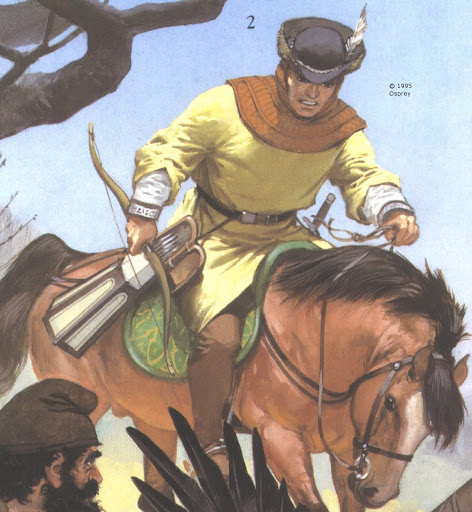
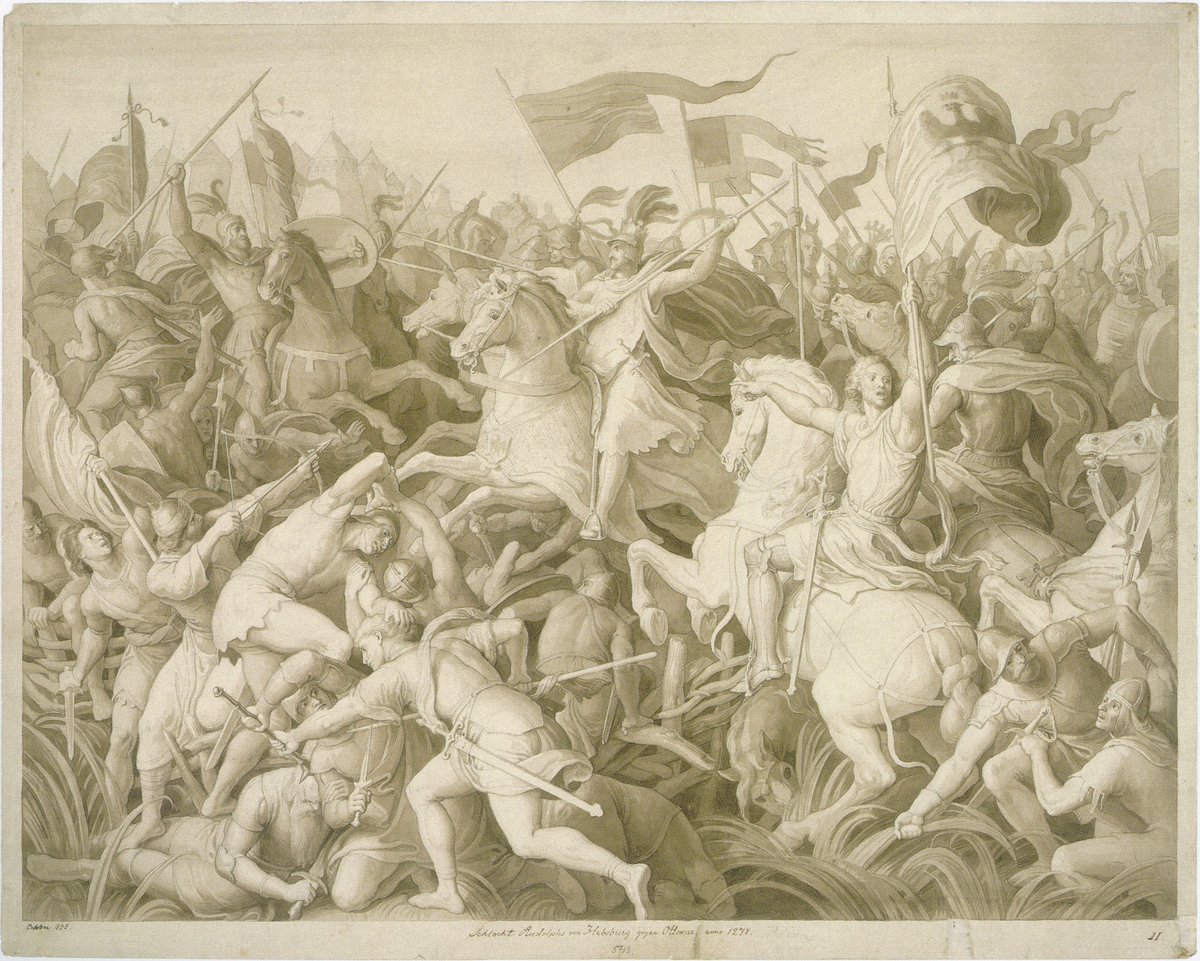
This made the 60 year old Rudolph charge into the melee personally leading his own contingent but was almost killed, his horse killed beneath him. The battle had already lasted for hours and fought on a hot summer day the heavy armored knights were exhausted. 

At noon Rudolph ordered a fresh heavy cavalry regiment he had concealed behind nearby hills and woods to attack the Ottokar's army by surprise. Such ambushes were regarded as dishonorable and their commander Ulrich von Kapellen apologized to his own men for such ignoble action. 
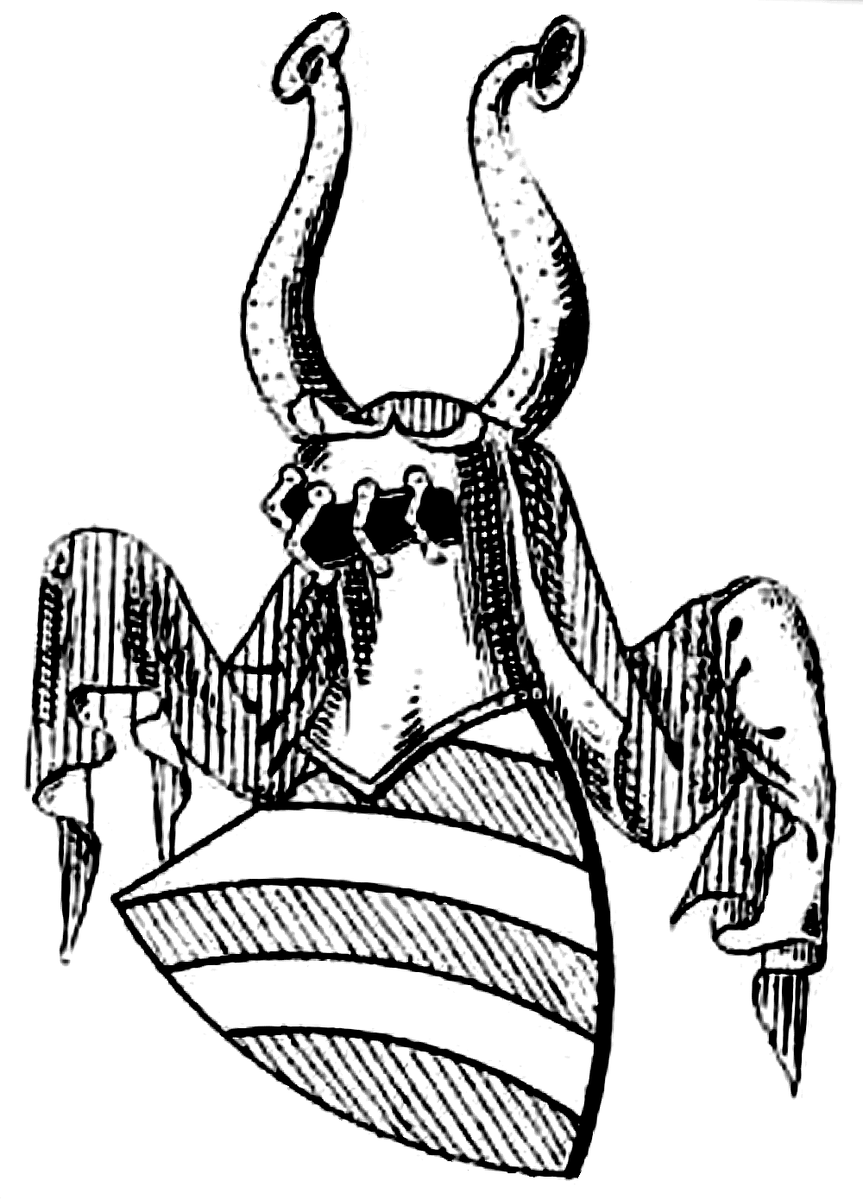
Ottokar quickly realized what was going on and tried to manoeuvre his own contingent behind von Kapellen's troops, but the rest of Bohemian forces mistook that for a rout and collapsed. This resulted in a victory for Rudolf and Ottokar himself was found slain on the battlefield. 

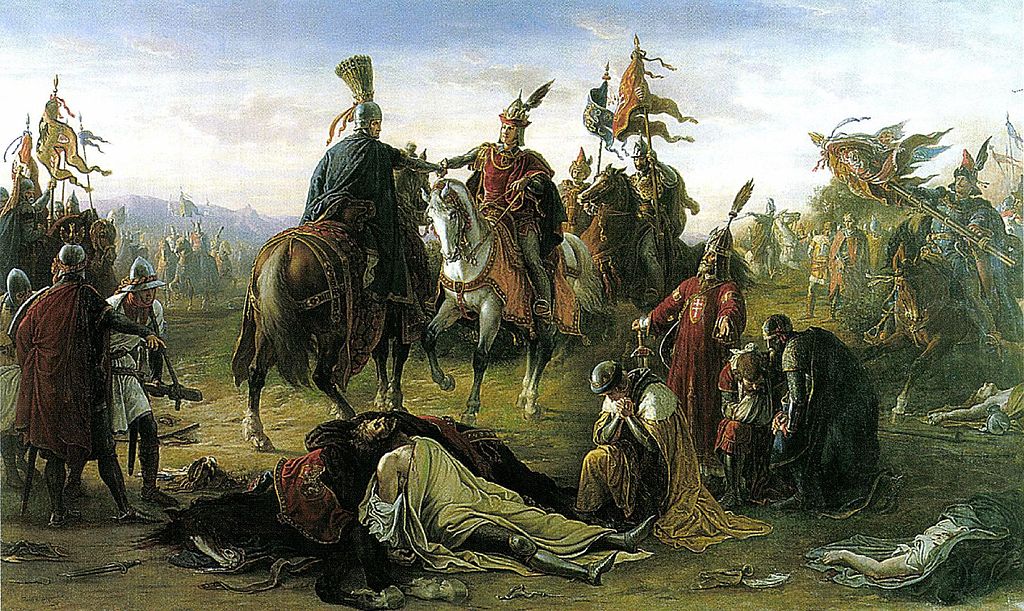
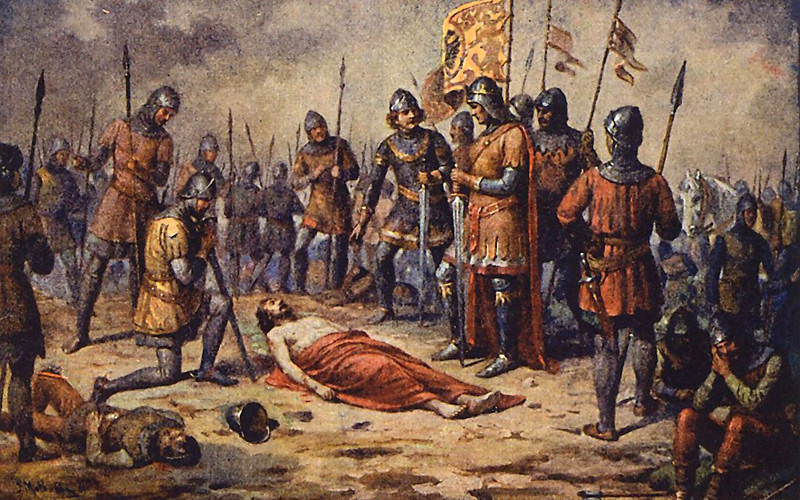
This victory enabled the Habsburgs to establish their control over the Duchies of Austria and Styria which would become their heartland, the most important part of the Habsburg hereditary lands, the foundation of their power. Thus this battle turned out to be very significant! 
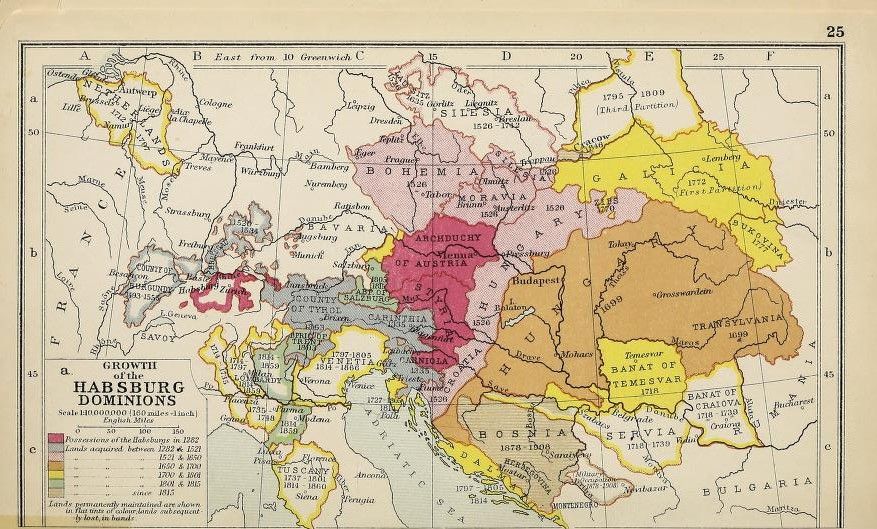
Habsburgs did not claim Bohemia but reached an agreement with the local nobility and the deceased Ottokar II was succeeded by Wenceslaus II. Ottokar who died a heroic death on the battlefield became a Bohemian legend, remembered with much honor and glory! 

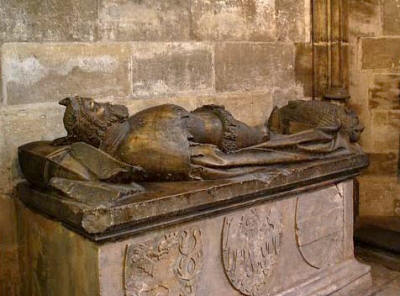
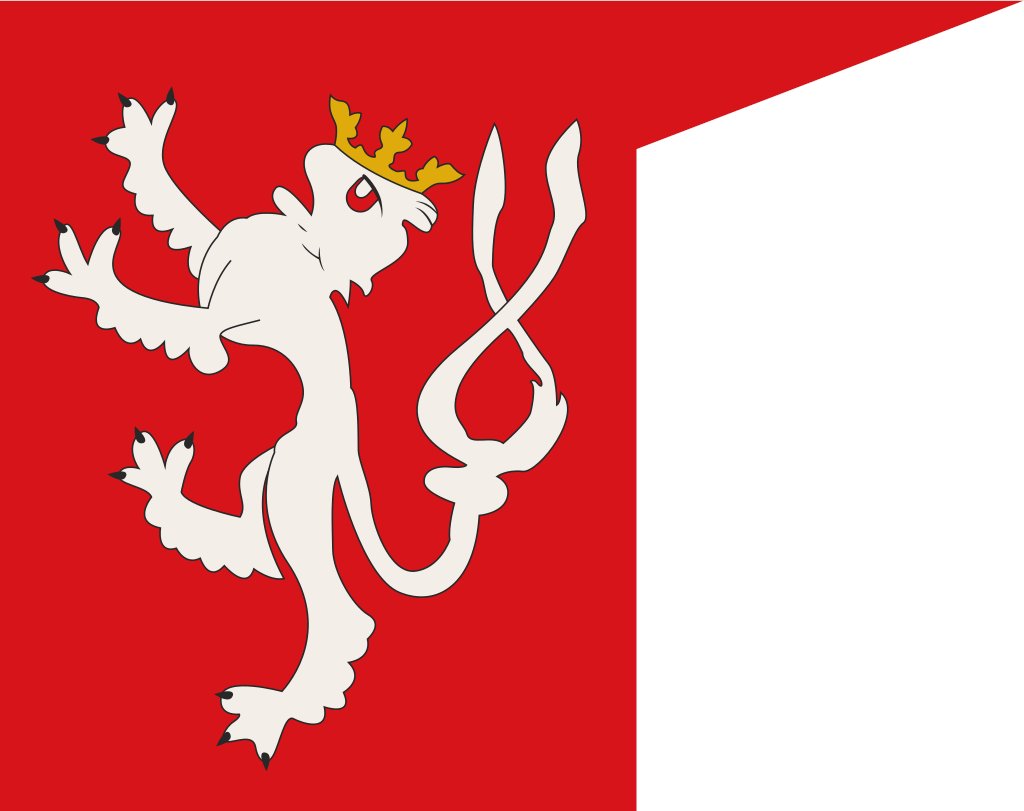
The Habsburgs would eventually gain both Bohemian and Hungarian crowns in 1526, establishing themselves as rulers of Central Europe, but the foundations were laid on Marchfeld in 1278. 
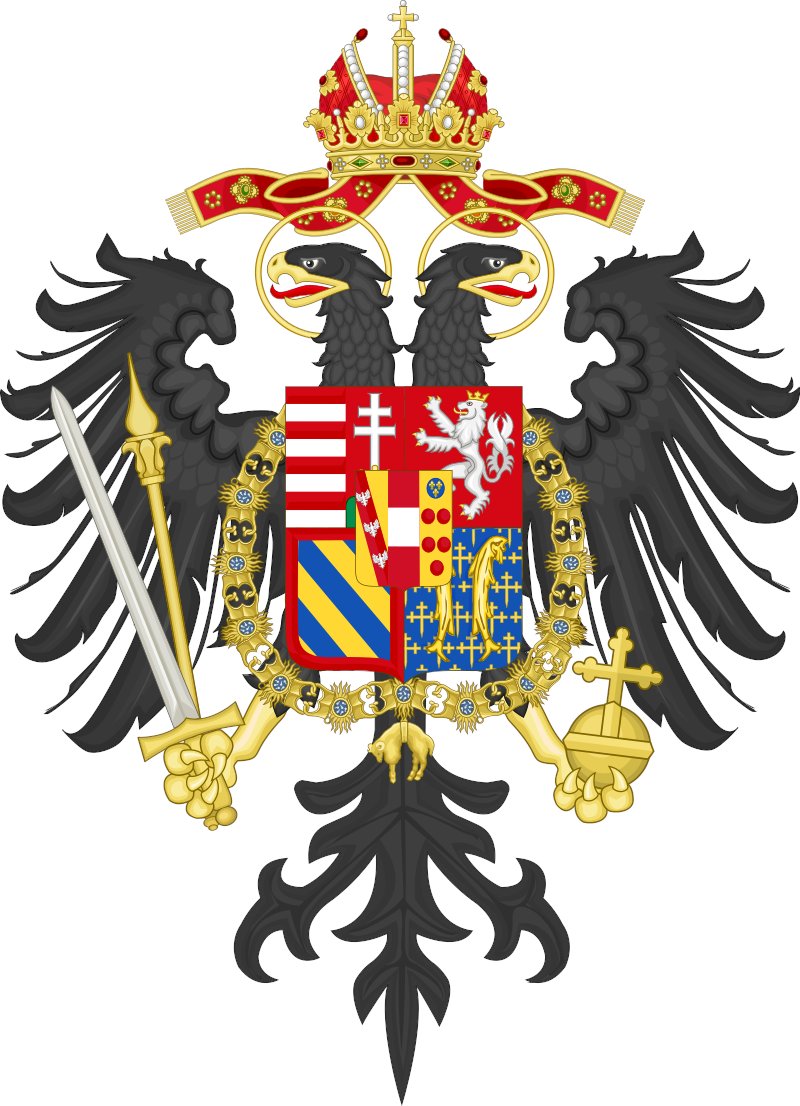
The Hungarians didn't really gain anything from that victory other than revenge for the humiliation they suffered by Ottokar II at Kressenbrunn. King Ladislaus IV was a bad ruler and central authority collapsed under him until he was murdered by his own Cuman mercenaries in 1290. 
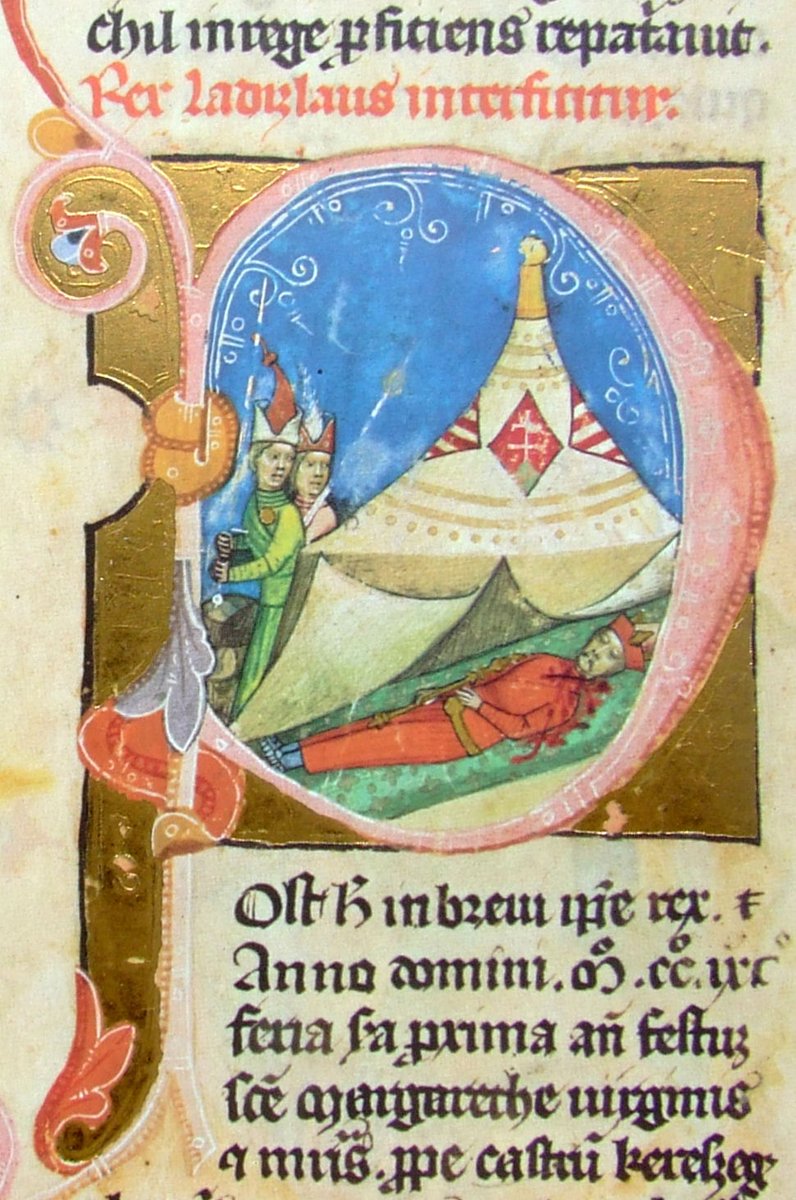
• • •
Missing some Tweet in this thread? You can try to
force a refresh
















